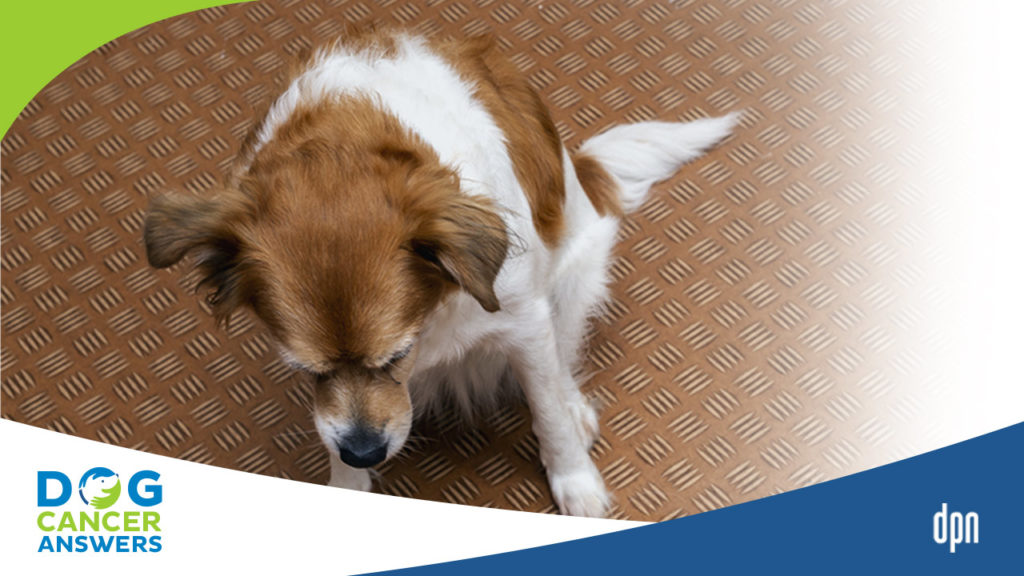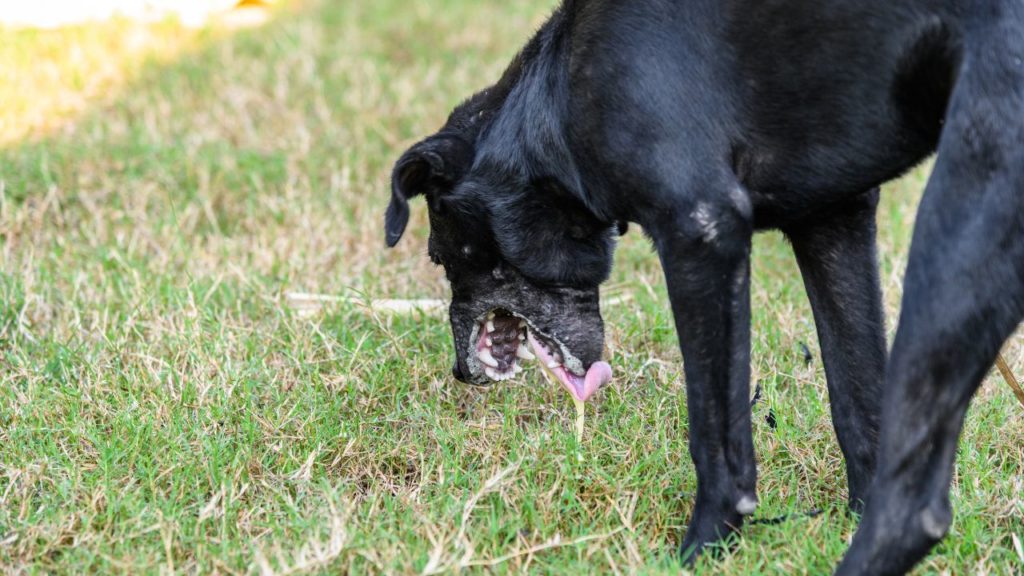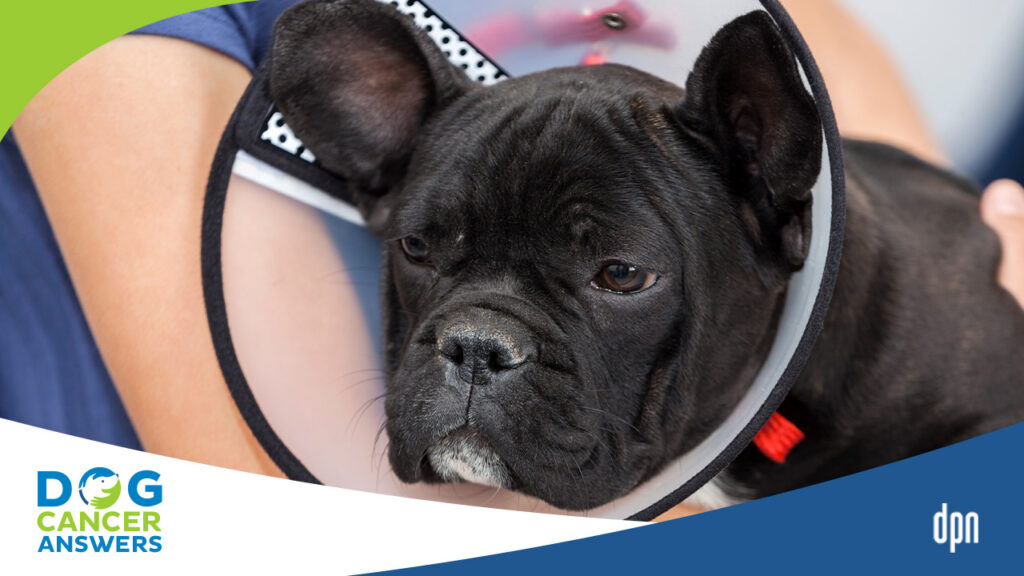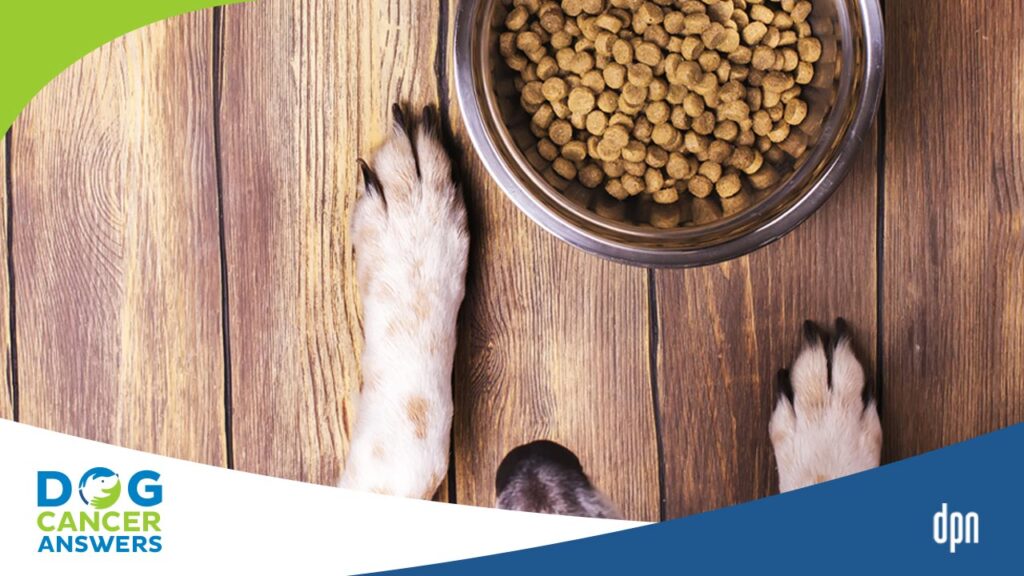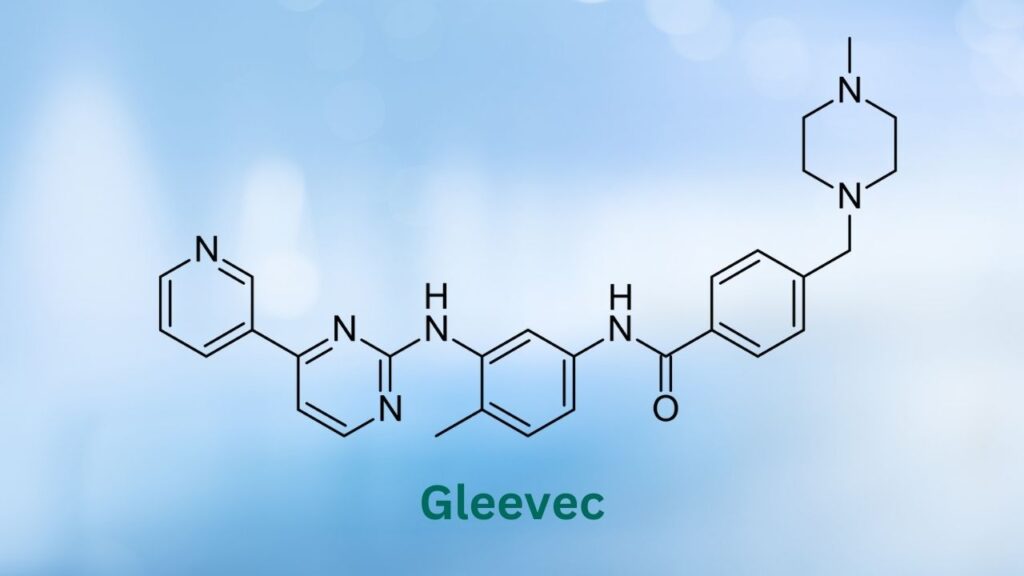Cerenia is a safe and effective anti-nausea and anti-vomiting medication that can be given at home or in the veterinary hospital.
Key Takeaways
- Cerenia is a safe and effective prescription medication that helps prevent and stop vomiting quickly in dogs.
- Side effects of Cerenia for dogs are rare.
- Allergic reactions can happen, but are rare and resolve after stopping the medication.
- Cerenia is a prescription drug given proactively to prevent nausea and vomiting or after symptoms have started.
- Cerenia doesn’t make a dog sleepy, but a rare side effect is lethargy. This happens in fewer than 5% of dogs.
- Cerenia usually makes a dog feel much better. Dogs feel more comfortable because Cerenia blocks nausea signals sent to the vomiting center in the brain.
- Dogs can take Cerenia on an empty stomach; in fact, this is a good idea.
- The best time to give Cerenia is an hour before a big meal when their stomach is empty.
Cerenia for Dogs: Stop Vomiting and Nausea
Cerenia® (maropitant citrate) is an FDA-approved medication used most to treat vomiting in dogs and cats.
Cerenia comes in tablet form and as an injectable liquid. The injectable liquid form is typically given in the veterinary hospital either intravenously (into the vein) or subcutaneously (under the skin). The tablets can be given at home. They come in 16mg, 24mg, 60mg, and 160mg sizes.1
How Cerenia for Dogs Works
Vomiting is caused by many different stimuli (drugs, motion, over-eating, emotional responses, etc.). All these stimuli go to the brain’s vomiting center to stimulate vomiting. Cerenia blocks those stimuli so vomiting doesn’t happen:2
- NK-1 receptors are found in the brain’s vomiting center.
- When substance P (a neurotransmitter) binds to the NK-1 receptors, this stimulates the dog to vomit.
- Cerenia blocks the NK-1 receptor.
- Substance P cannot bind to the receptor, and this prevents the dog from vomiting.
- You may sometimes see Cerenia referred to as a neurokinin-1 (NK-1) receptor antagonist for this reason.
Common Uses for Cerenia in Dogs
Cerenia has been found to be a safe and effective treatment for vomiting in general, whether it is caused by gastrointestinal disorders, cancer, endocrine disorders, organ dysfunction, or some other cause.
It can be given orally, intravenously (into the vein), or subcutaneously (under the skin) and all methods have been shown to significantly decrease vomiting.12
It can be used around the time of surgery, to prevent or treat motion sickness, and for many other conditions that cause vomiting.
Cerenia for Dog Cancer Patients
Cerenia is considered safe and effective at reducing the amount and severity of vomiting related to chemotherapy.3,5 It can be used before, during, and after chemo treatments:
- Studies have shown that Cerenia can be effective at treating vomiting for up to 23 hours after chemotherapy with no side effects, making it a safe option for dogs undergoing cancer treatments.4
- Cerenia can be given intravenously (into the vein) or subcutaneously (under the skin) prior to chemotherapy in the veterinary hospital to prevent vomiting at the time of chemotherapy administration.
- The tablet form can also be sent home to be given as needed for nausea and vomiting that is seen in the days following chemotherapy.
Cerenia for Dogs Who Have Motion Sickness
Cerenia is often prescribed to prevent motion sickness in dogs four months or older.
It is given in tablet form two hours before travel, and the dose given for car sickness is significantly higher than the dose for vomiting.6,7
Cerenia for Dogs Facing Surgery
Cerenia is often used to prevent vomiting before, during, and after surgery.
- Opioids are commonly given to dogs as part of a pre-anesthetic protocol, and these drugs are known to cause vomiting. Vomiting during surgery is very risky, so it’s important to avoid it.
- Multiple studies have shown that giving Cerenia prior to pre-medicating with opioids reduces the risk of vomiting before anesthesia, which decreases the risk of aspiration and makes the surgery safer.8,9,10
Cerenia has also been shown to decrease the amount of visceral (organ) pain during surgery. Less pain means the surgeon can reduce the amount of inhalant anesthesia (gas anesthetics) used. 11
Pain specialist Tasha McNerney explains pain protocols, including the use of Cerenia, on this episode of DOG CANCER ANSWERS.
When Cerenia Should Not Be Used
Cerenia is used routinely, but there are situations where it is not an appropriate medication. Your veterinarian will probably not prescribe Cerenia to dogs with the following problems or conditions: 1,13,14
- Dogs with suspected gastrointestinal tract obstructions.
- Dogs who have ingested toxic substances.
- Puppies less than 11 weeks (about two and a half months) old because it may cause problems with bone marrow.
- Breeding, pregnant, and lactating dogs. (It has not been tested for safety for these dogs.)
- There hasn’t been research into drug interactions at this point, but we do know that Cerenia may compete with or displace highly protein-bound drugs. Examples of highly protein-bound drugs that might preclude Cerenia use include:
- valproic acid
- oral anticoagulants (rivaroxaban, warfarin)
- NSAIDs
- Salicylates
- Sulfonamides
- sulfonylurea anti-diabetic drugs
- Dogs with severe liver disease.
- The metabolism of Cerenia may be decreased if it is given with any of the following drugs: cimetidine, fluoxetine, terbinafine, amiodarone, diltiazem, erythromycin, ketoconazole, and/or itraconazole.
- Caution should be used in patients with arrhythmia. Cerenia has not been tested in dogs with arrhythmias or on anti-arrhythmic drugs. Caution should be used with patients taking drugs such as cisapride, domperidone, quinidine, and sotalol.
- The U.K. label for maropitant (Cerenia) states that the drug should not be given with calcium channel blockers such as amlodipine, diltiazem, or verapamil.
What If Cerenia Doesn’t Stop a Dog from Vomiting?
Because Cerenia works by stopping the neurotransmitters that signal the brain to vomit, it is very effective.
If vomiting continues after treatment with Cerenia, your veterinarian will want to conduct further testing to find the cause of the vomiting.
Dr. Nancy Reese helps us understand when vomiting is an emergency that needs a trip to the vet on DOG CANCER ANSWERS.
How to Give Cerenia for Dogs
For patients in the veterinary hospital for chemotherapy or surgery, the medication can be given via injection (either IV or subcutaneous).
If given at home, your veterinarian will likely dispense tablets for you to give your dog.
Cerenia Dosing for Dogs
The dosing is dependent on the form it is being given in and the reason for giving the medication, so follow your veterinarian’s instructions.
- Cerenia is given only once daily, whether your dog is getting an injection in the hospital or a tablet at home.
- Cerenia for dogs is given for anywhere from 1-28 days, depending on the reason for giving it.
When to Give Cerenia for Dogs
Cerenia can be given at any time and then at about the same time every day thereafter (as directed by your veterinarian).
Given by tablet, Cerenia absorbs best if given at least one hour prior to a full meal. Your dog will probably need a treat to take it, but use a small treat, because a large treat may decrease the amount of the drug that can be absorbed in the stomach.13
What If I Miss a Dose of Cerenia?
If a dose is missed, just give it when you remember. Do not double up on doses, just give Cerenia when you remember, and then give at the same time of day from then on.
Storage and Handling
Tablets should be stored at room temperature (68-77° F), with excursions between 59-86° F considered acceptable.
The injectable solution should be stored at or below 86° F, until it is first punctured, after which time it should be refrigerated and stored between 36-46° F. It should be used within 90 days of opening.1
Cerenia Side Effects
Overall, Cerenia is considered to be a very safe drug, and side effects are uncommon. This is not a drug that veterinarians worry about causing problems for dogs in general.
However, side effects can occur with any medication, supplement, or dietary change. For Cerenia, allergic reactions can happen but are rare and should resolve within 48 hours of discontinuing the medication.
Pain at the injection site has been reported in dogs when given subcutaneously. Injections are typically tolerated better if the medication is refrigerated and given immediately after being drawn into the syringe.
Possible side effects include (but happen in less than 5% of dogs):1
- Depression and lethargy
- Anorexia
- Diarrhea
- Ataxia (poor muscle control)
- Tremors
- Fever
- Dyspnea (labored breathing)
- Collapse/loss of consciousness
- Sedation
- Convulsions
Additional Resources to Learn More About Cerenia for Dogs
To learn more about Cerenia, you can visit the Cerenia website at Cerenia | Zoetis Petcare.
Topics
Did You Find This Helpful? Share It with Your Pack!
Use the buttons to share what you learned on social media, download a PDF, print this out, or email it to your veterinarian.

